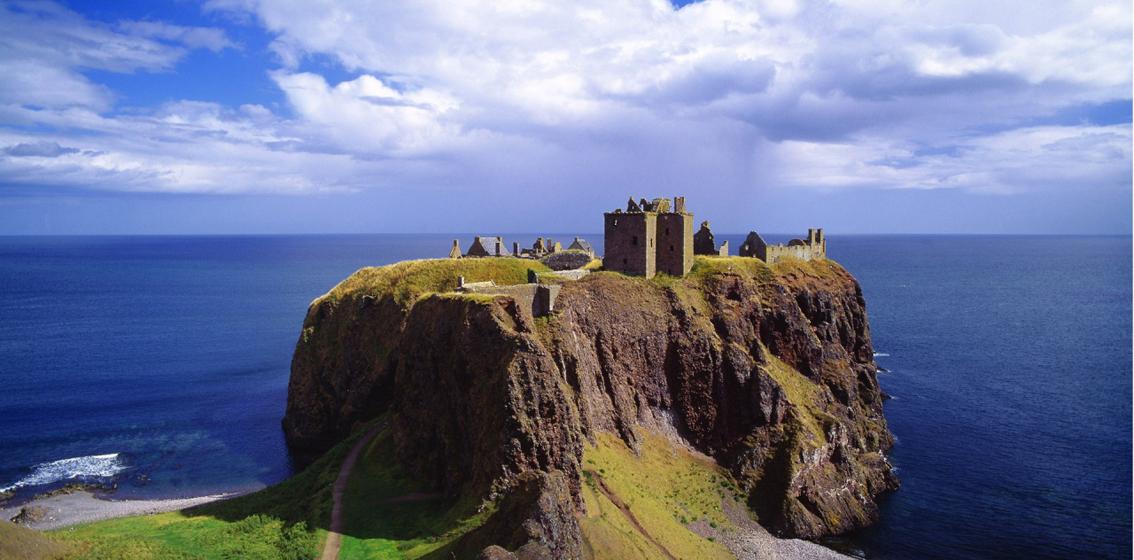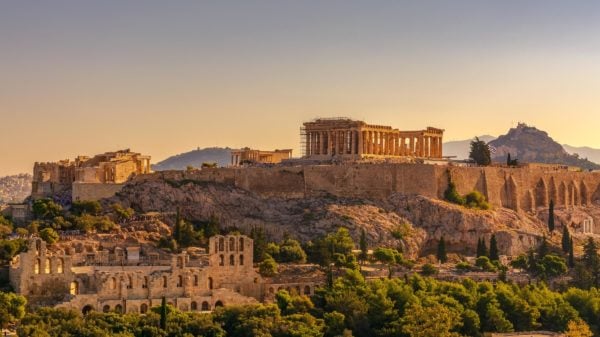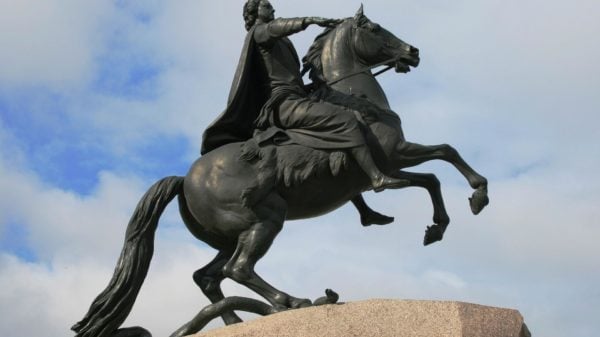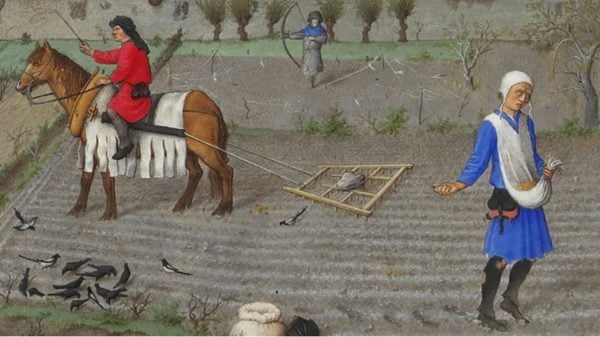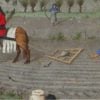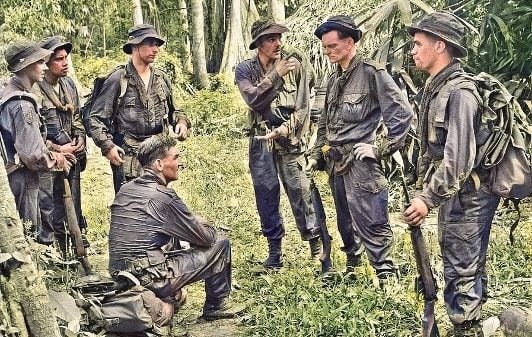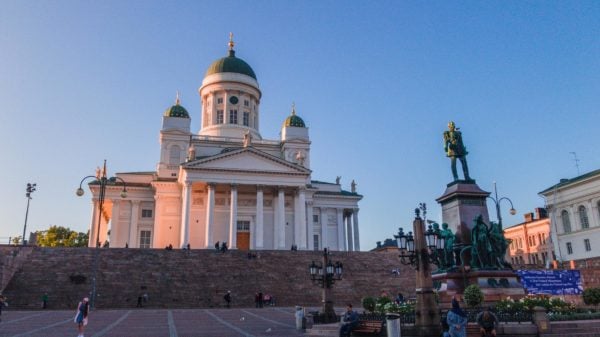Several castles are interestingly built all over Scotland. The Edinburgh Castle and Stirling Castle are both created on top of a rocky surface that became a breath-taking landscape view from afar. But one of the commonly-visited and most favorite of tourists is the Dunnottar Castle. There is no other historical fortress that comes close in terms of its impenetrability. The castle sits across from its surrounding coastal cliffs, presenting a compelling message of “nobody goes through me.”
The rocky mound where the Dunnottar Castle perch might have been made purposely to exhibit the structure of Scotland’s strongest fortress. It stands tall on a 160ft high cliff and circles around the structure about three acres wide. A narrow fin attached to the rock serves as the pathway from the castle to the mainland.
Active Life
Back when the castle was still active, the access to the Dunnottar Castle was only limited to two paths. You can choose between going through the heavily-defended main entrance, which any undesirables are wide open for attack and can easily be terminated. And the second path would be through the rocky creek that leads to the north cave. You’ll have to climb a steep route leading to the cliff, passing the well that goes straight to the thickly-guarded postern door.
Provided the castle’s apparent defensive characteristics, it’s no mystery to see that it has been considered the foundation of medieval fortifications for several centuries and perhaps longer. The place has a rich history, particularly about the conversion of Picts to Christianity.
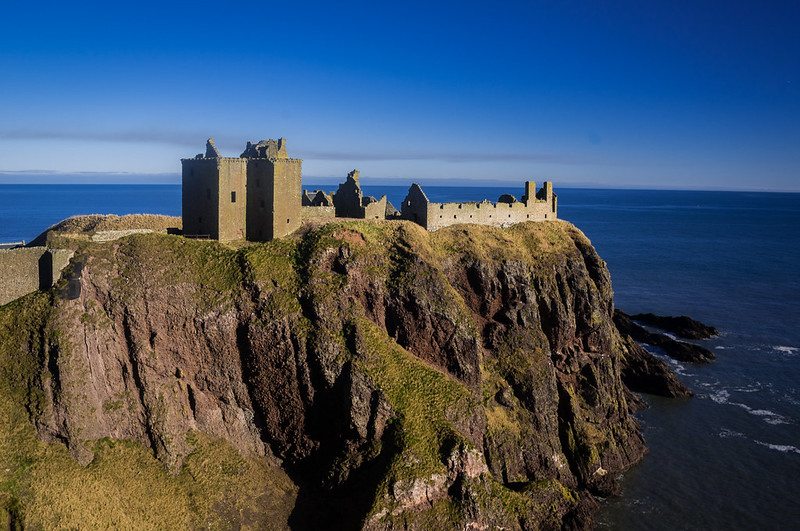
Dunnottar Castle, home to Scotland’s majestic families
The Majestic Accommodation
In the 14th century, this Scottish fortress became the residence of one of the most influential families in the country–the Keith family. They created the Palace, or others call it The Quadrangle, specifically made to enjoy the breath-taking outdoor view from the inside.
To maximize the luxurious accommodations and other vistas, the majority of monarchs preferred to stay in Dunnottar. Individuals who belonged to the regal community include Mary Queen of Scots and her son, Charles II and James VI.
The Death Of The Castle
The historical structure finally came to an end in 1715, during the conviction for treason of Earl Marischal George Keith when he supported the Jacobites. The Brit government decided to sell it to the Yorkshire Mining Company. The firm stripped the entire building, from the ceilings down to the floors.
The only thing left are its battered walls found on the North Sea side that lasted for more than a century. Eventually, the Pearson family acquired the castle and restored it prior to becoming operational for the public.
Commercial Use
From then on, the castle is one of the most visited attractions and has become a favorite location for Hollywood movies. The famous Shakespeare masterpiece, Hamlet, was one of them. The Shakespearean tragedy, which was brought to the screen in 1990, shot most of its scenes at Dunnottar Castle. This is the closest building that perfectly matches the setting of the novel.
Dramatically built on a rocky mound, surrounded by cliffs, this medieval fortress was the house of Scotland’s most powerful families, the Earls Marischal.


